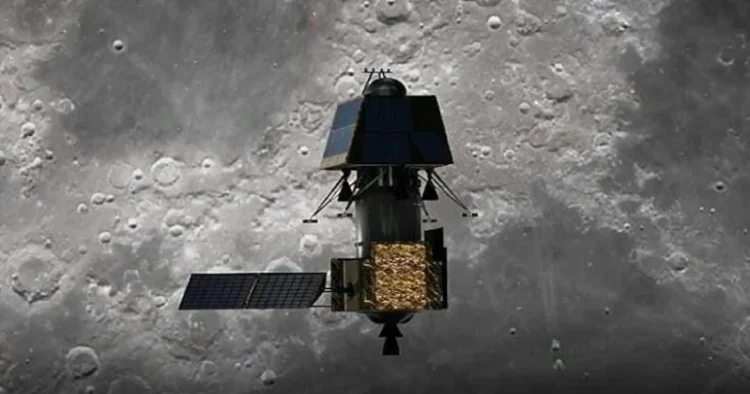India’s Chandrayaan 4 mission has been unveiled as the latest endeavor in the country’s ambitious space exploration program, following the success of Chandrayaan 3. Nilesh Desai, Director of the Space Applications Centre (SAC), disclosed plans for the mission during a presentation on ISRO’s lunar exploration strategy, marking a significant milestone in India’s space endeavour.
https://twitter.com/ISROSight/status/1789537953846358318
The mission aims to land near the Moon’s Shiv Shakti Point, where Chandrayaan 3’s Vikram lander successfully touched down. This strategic location, close to the Moon’s south pole, holds scientific importance due to the presence of hydrogen ice and permanently shadowed areas.
GSLV MK-2 will launch Chandrayaan-4's Reentry Module and Transfer Module. pic.twitter.com/OFRzfxCTs0
— Arjun (@Arjunn26_) November 19, 2023
ISRO Chief S Somnath outlined the objectives of Chandrayaan 4 during a recent presentation, highlighting its goal of collecting lunar samples and safely returning them to Earth for scientific analysis. Achieving this feat would place India among the elite nations capable of lunar sample return missions, a feat accomplished only by the United States, the Soviet Union, and China.
https://twitter.com/sirfupdate_/status/1789866374241648784
Chandrayaan 4 will be a complex mission involving multiple spacecraft modules and launch vehicles. ISRO plans to execute the mission in two phases, utilizing the heavy-lift LVM-3 and the Polar Satellite Launch Vehicle (PSLV). The mission components, including the Propulsion Module, Descender Module, Ascender Module, Transfer Module, and Re-entry Module, will each play a crucial role in its success.
The mission faces challenges such as precise landing techniques and navigating extreme lunar conditions, particularly at the rugged terrain near Shiv Shakti Point. ISRO engineers will need to deploy advanced navigation systems and innovative technologies to ensure a successful touchdown and the retrieval of lunar samples.
India’s Chandrayaan 4 mission signifies a significant advancement in the country’s space exploration journey. With plans to retrieve lunar samples and deepen our understanding of the Moon’s composition and resources, ISRO continues to push the boundaries of scientific discovery and technological innovation. As preparations for the mission progress, India reaffirms its commitment to advancing space exploration and contributing to global scientific knowledge.



















Comments